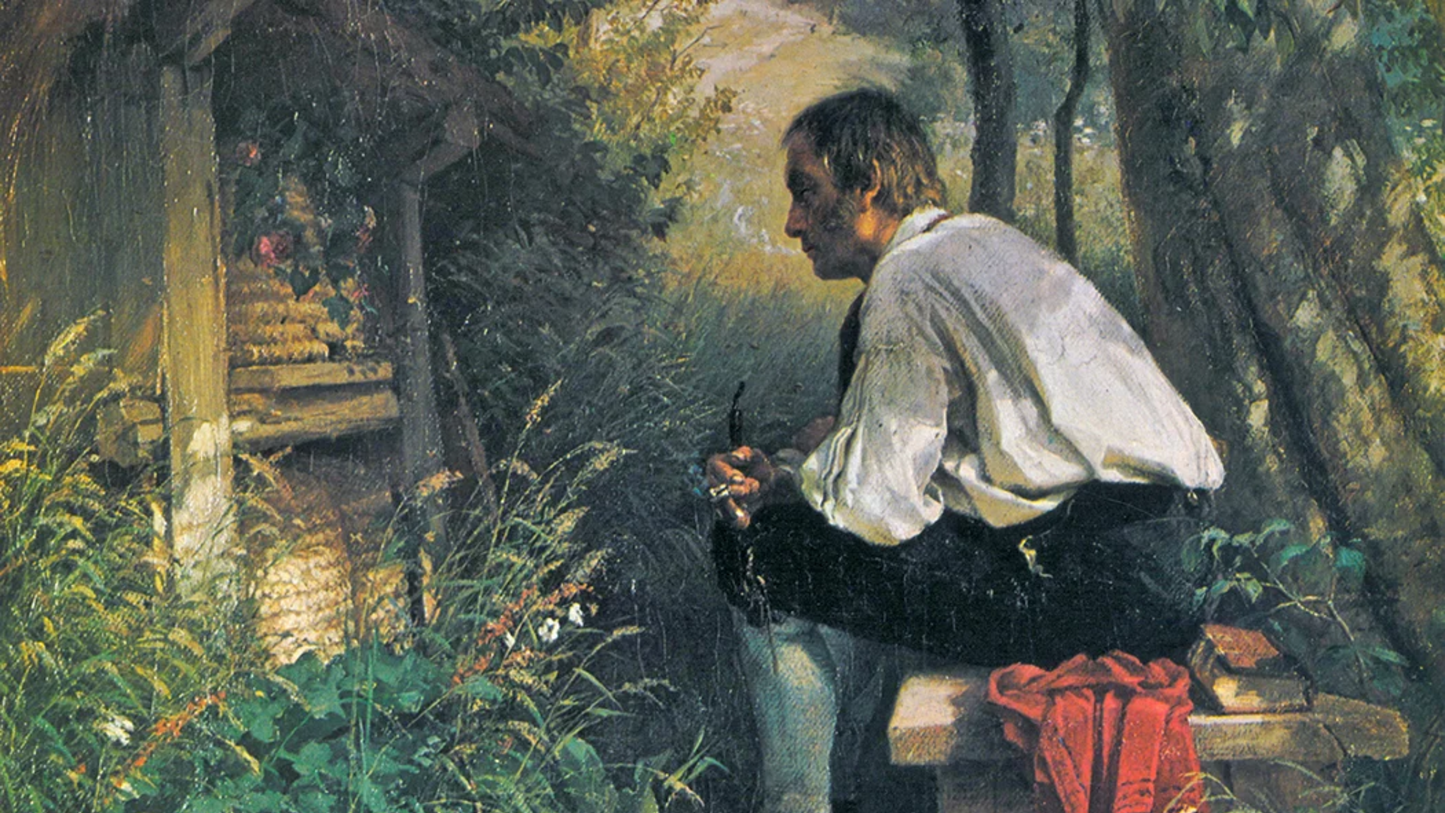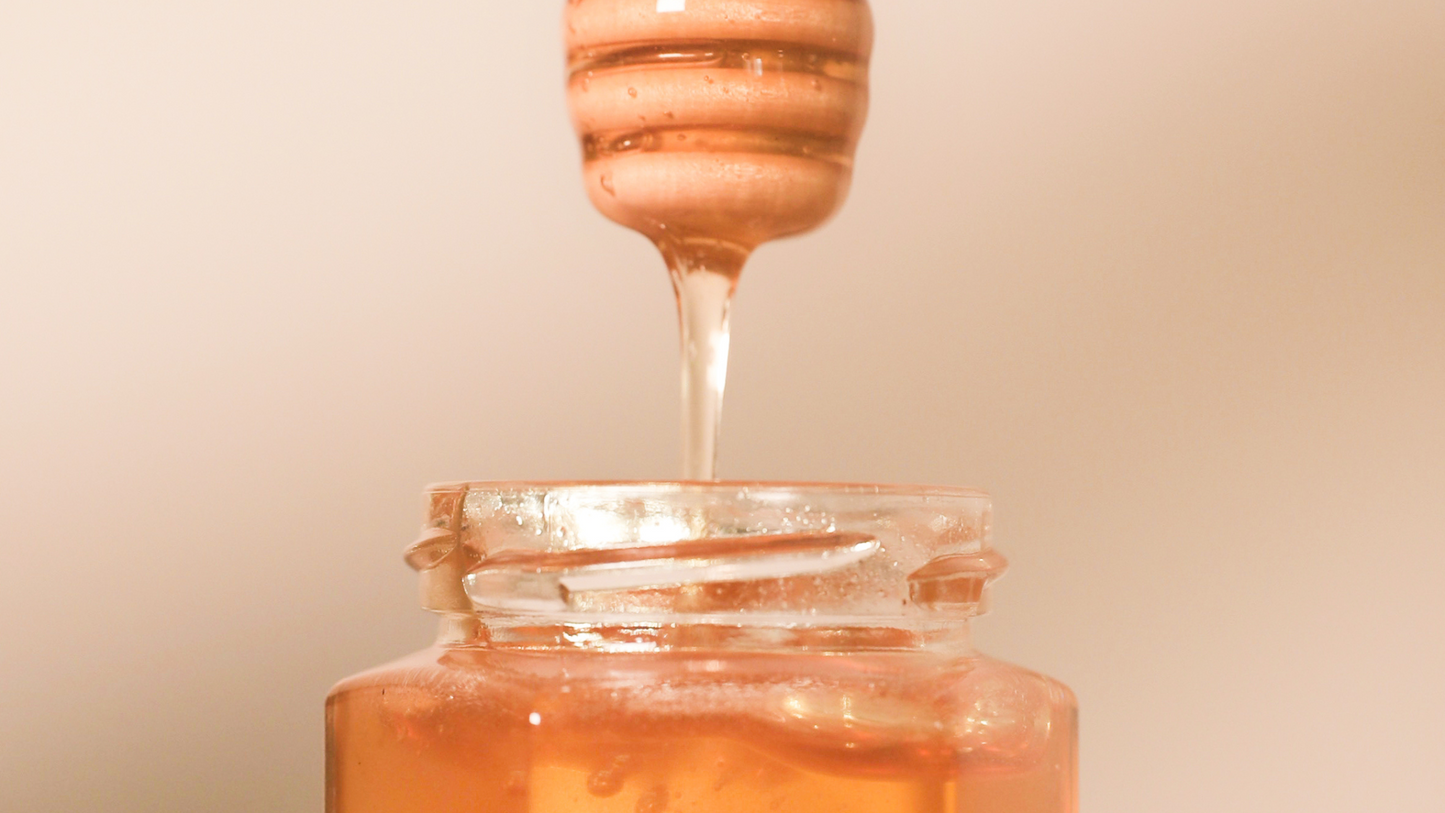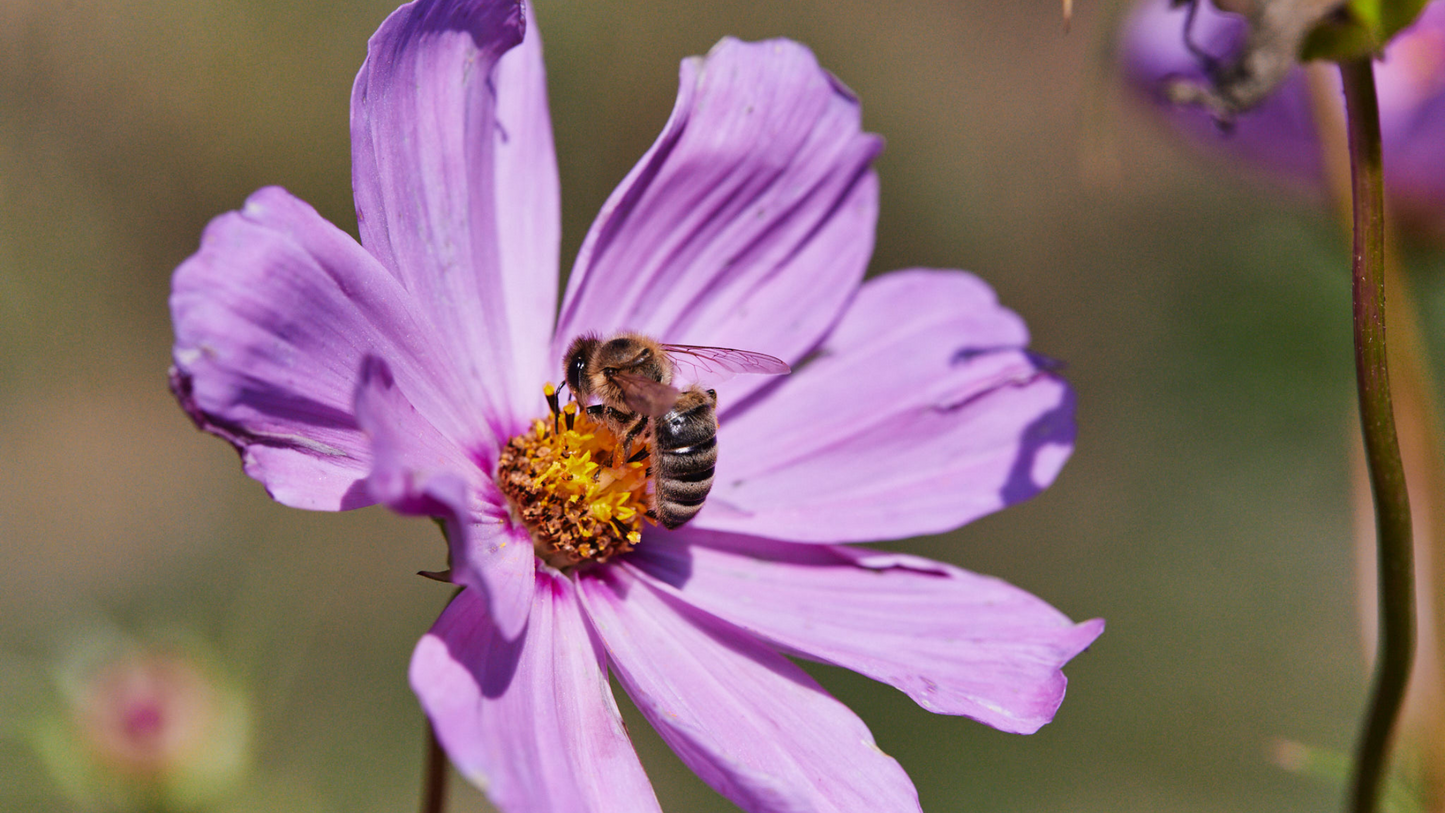
With a practice as ancient as beekeeping, there are folktales and traditions surrounding it across the globe. The Ancient Egyptians attached great spiritual and religious significance to the honeybee and her honey. From using it as a sweetener to embalming their mummies, and sealing their sarcophagi with beeswax, the hives played a significant role in their practices. Honey was even discovered in King Tut’s tomb in Egypt, which was believed to be an offering to the dead, to give them something to eat in the afterlife. This honey was still edible 3,000 years later, due to honey’s unique antimicrobial properties.
The practice known as “Telling The Bees” originates from England, but has been recorded across much of Western Europe including Ireland, Wales, Germany, Netherlands, France, and Switzerland. The practice involves informing the honeybees of any important events in the beekeeper’s life, including deaths, births, and marriages. It is believed that if the custom was omitted or forgotten and the bees were not "put into mourning" a penalty would be paid, such as the bees leaving their hive, stopping the production of honey, or dying.
This tradition is most commonly tied to the death of a beekeeper. Most commonly, a black veil is placed over the hive, with other traditions including knocking on the hive, offering the honeybees food from the funeral, and in some instances even bringing the bees to the funeral.
When Queen Elizabeth II passed away in 2022, the Royal Beekeeper, John Chapple, was tasked with “Telling The Bees” located on the grounds of Buckingham Palace and Clarence House, of Her Majesty’s passing. Chapple shared that he tied a black ribbon around each hive, knocked on the side, and said “The mistress is dead, but don't you go. Your master will be a good master to you”, referring to King Charles III.
While the origin of this tradition is unknown, it is believed that it stems from the Celts during the Iron Age (1200 BC to 550 BC). They believed that honeybees were the intermediary between the living world and the dead and that bees could deliver messages to their dead relatives.
The act of “Telling The Bees” is still practiced today across Europe and North America, but for many, it has less to do with the fear of the bees dying or leaving the hive, and more to do with respect for the lost and the mourning of the living. When we lose someone close to us, it can feel like our world has stopped, but a peek inside the hive reminds us that life continues. It is a comforting tradition, to speak your emotions into the world, and it just so happens that honeybees are great listeners.



